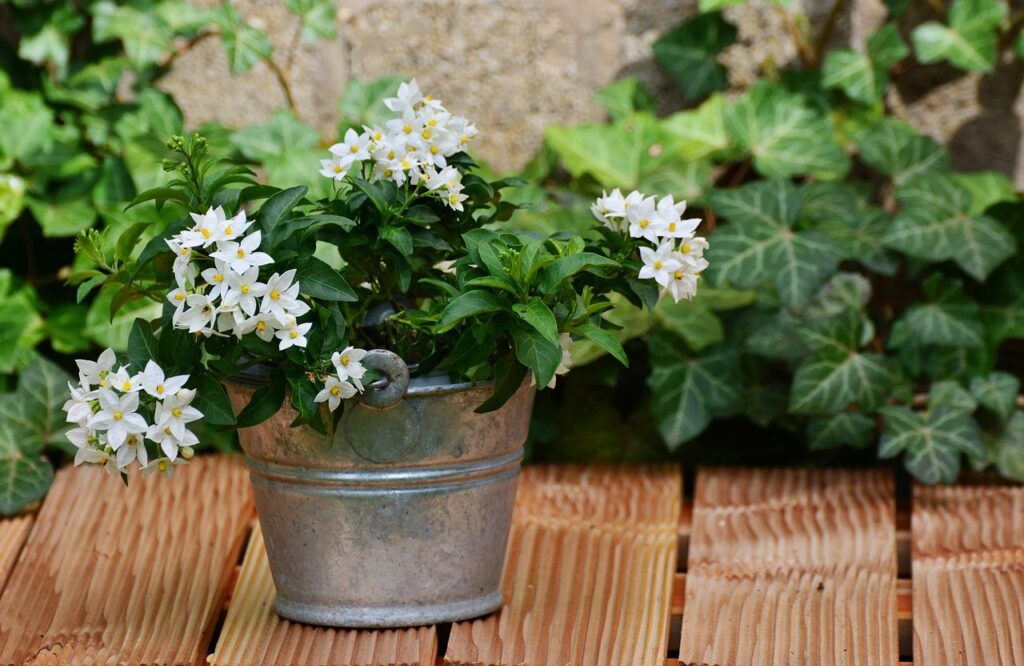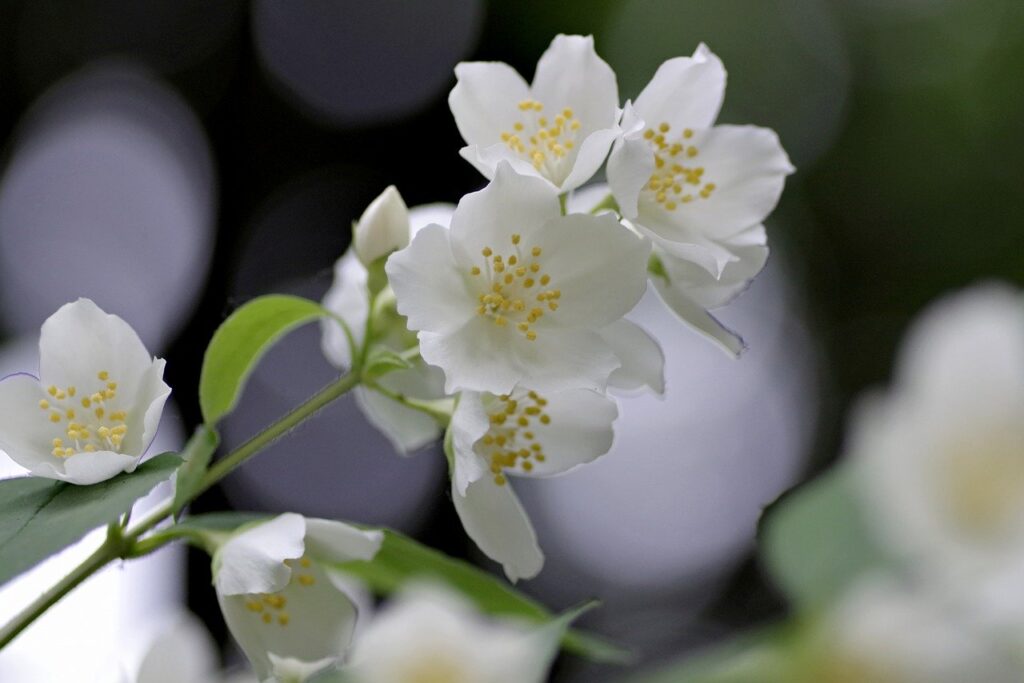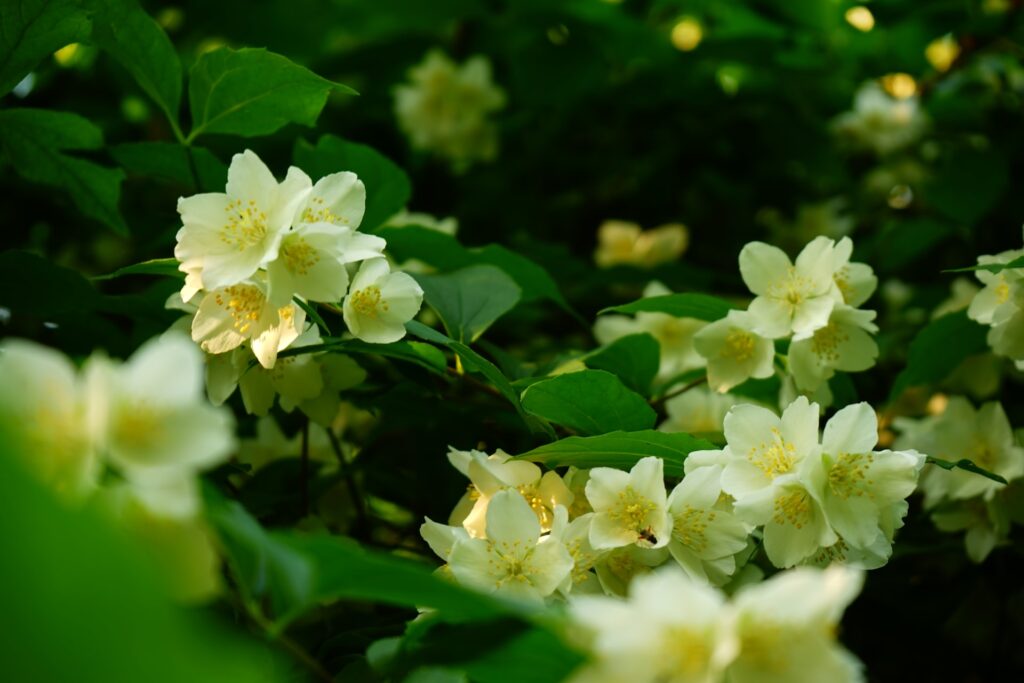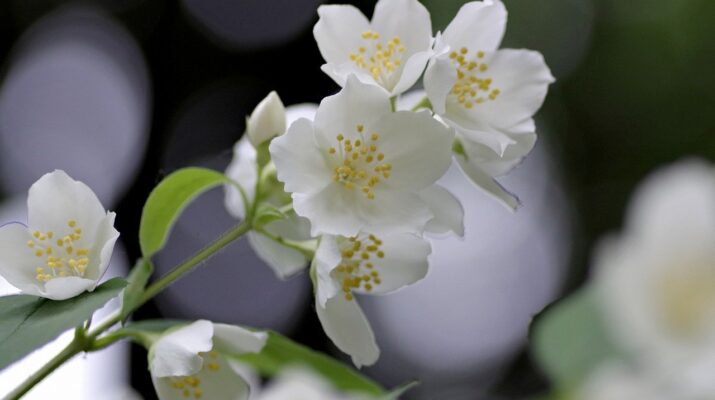This blog post covers everything you need to know about growing a flowering jasmine plant. Learn about the best time to plant, how often it blooms, and how to keep it healthy.
Introduction
Looking for a plant that is both beautiful and fragrant? Look no further than the flowering jasmine! This fast-growing plant can add a touch of elegance to any garden. But like all plants, jasmine needs to be pruned regularly to stay healthy and look its best. In this blog post, we will discuss everything you need to know about pruning your jasmine flower plant, such as when to prune and how to prune. We will also answer some common questions about royal jasmine flower plants, such as how long they live and whether they can be grown in pots. So if you’re ready to learn more about this beautiful plant, read on!
What is flowering jasmine?
Flowering jasmine is a beautiful and fragrant flowering plant that is native to Asia. It is also known as jessamine, jasminevine, or Jasminum. The plant can grow to be quite large, with some varieties reaching up to 20 feet in length. The flowers are white or yellow and have a very strong, sweet fragrance. Jasmine is often used in perfumes and as a decoration in homes and gardens. The jasmine plant is a member of the Oleaceae family, which also includes olive family trees and lilacs. Jasmine tea is also very popular.

Are there different varieties of flowering jasmine?
Flowering jasmine comes in many different varieties, each with its unique appearance and fragrance. Some of the most popular varieties include Jasmine Jasminum sambac, Jasmine Jasminum grandiflorum, and Jasmine Jasminum officinale. Each variety has its distinct look, smell, and bloom time.
Jasminum sambac, for example, has large, white fragrant flowers. This variety is native to Southeast Asia and blooms all year round.
Jasminum grandiflorum, on the other hand, also has large, white flowers but not as fragrant as Jasminum sambac. This variety is native to the Himalayas and blooms from late spring to early summer.
Last but not least, Jasminum officinale has small, white flowers that are not as fragrant as the other two varieties. This variety is native to Europe and Asia and blooms from late summer to early fall.
Which flowering jasmine is the most fragrant?
Some of the most fragrant varieties of jasmine flowers include Jasminum sambac, Jasminum grandiflorum, and Jasminum officinale. All of these jasmine varieties are incredibly fragrant, and their heady scent is sure to please anyone who smells them. So if you’re looking for true jasmine that is sure to be fragrant, you can’t go wrong with any of these three varieties.

How fast does flowering jasmine grow?
Jasmine grows relatively quickly, especially when compared to other flowering plants. In ideal conditions, jasmine can grow up to 24 inches (60 cm) per year. However, more typically, jasmine grows (30-90 cm) per year. Jasmine is a versatile plant and can be grown in a variety of ways. For example, you can grow jasmine in containers, on the ground, or as a climbing plant. The method of jasmine growth will impact the jasmine’s growth rate.
How do you care for a flowering jasmine plant?
If you want your jasmine to flower abundantly, give it full sun and well-drained soil. During the growing season, jasmine benefits from being fertilized monthly with a balanced fertilizer. Be sure to water jasmine regularly, especially during dry periods. To encourage blooming, jasmine can be pruned after it flowers. Cut back the stems by about one-third their length. With proper care, jasmine will bloom from spring to fall, the Jasmine is a relatively low-maintenance plant.

Where does flowering jasmine grow best?
Jasmine is a tropical plant that thrives in warm, humid conditions. It can be grown outdoors in USDA (U.S Department of Agriculture) hardiness zones 10 and 11. However, jasmine can also be grown indoors as a houseplant in any zone. When growing jasmine indoors, place the plant near a sunny window. Jasmine likes to be on the dry side, so allow the soil to dry out between watering.
Can they tolerate full sun?
Yes, jasmine plants can tolerate full sun. They need at least six hours of sunlight each day to flower well. However, jasmine plants can also tolerate partial sun. If you live in an area with hot summers, it’s best to give jasmine partial sun to prevent the leaves from scorching.

When should it be planted?
Jasmine can be planted at any time of year. However, jasmine plants will do best if they are planted in the spring or early summer. This will give them ample time to establish themselves before the cooler weather arrives.
How many times a year does it bloom?
Jasmine blooms several times a year, with the heaviest bloom typically occurring in late spring or early summer. However, with proper care, jasmine can bloom throughout the year. To encourage continuous blooming, jasmine plants should be fertilized regularly and kept in an area with full sun exposure.
“Jasmine is just the most delicate and beautiful scent.”
Natalie Portman
Can you propagate flowering jasmine?
Yes, you can propagate jasmine by taking stem cuttings from a healthy plant. Jasmine is a fast-growing plant and cuttings will quickly root in moist soil. Once rooted, the jasmine plant can be transplanted into a pot or garden bed.

Does it grow well in pots?
Yes, jasmine can be grown in pots. Choose a pot having dimensions at least 12 inches wide and proper holes for drainage. Fill the pot with a well-draining mixture of potting and water regularly. Place the pot in an area that receives full sun for best results.
What is the lifespan of a flowering jasmine plant?
The lifespan of a jasmine plant is about 5 to 10 years. However, with proper care, jasmine plants can live much longer. Jasmine is a fast-growing plant and can quickly outgrow its pot or garden bed. Regular pruning will help keep the plant under control and encourage new growth.

Should I prune my flowering jasmine?
Flowering jasmine is a beautiful and fragrant plant that can add a touch of elegance to any garden. But like all plants, jasmine needs to be pruned regularly to stay healthy and look its best.
Here are a few things to keep in mind when pruning your jasmine.
● First, jasmine should be pruned in late winter or early spring, before new growth begins. This will help ensure that your plant stays healthy and doesn’t put out too much new growth all at once.
● Second, when pruning jasmine, be sure to cut back any dead or dying branches. This will help encourage new growth and keep your plant looking its best.
● Third, jasmine can be pruned to encourage bushier growth. To do this, simply cut back the tips of the branches, making sure not to cut too far back.
“The jasmine has the most delicate scent of all flowers.”
Confucius
Conclusion
Undoubtedly, the flowering jasmine is a plant that adds beauty and fragrance to any garden. With its cascading white flowers, the jasmine is a welcome addition to any landscape. But like all plants, the jasmine needs proper care and attention to stay healthy and bloom its best. By following a few simple tips, you can keep your jasmine looking its best for years to come.
Have you ever grown a flowering jasmine plant? What tips do you have for keeping it healthy and blooming its best? Share your thoughts in the comments below!
You might also like to read our articles on:


